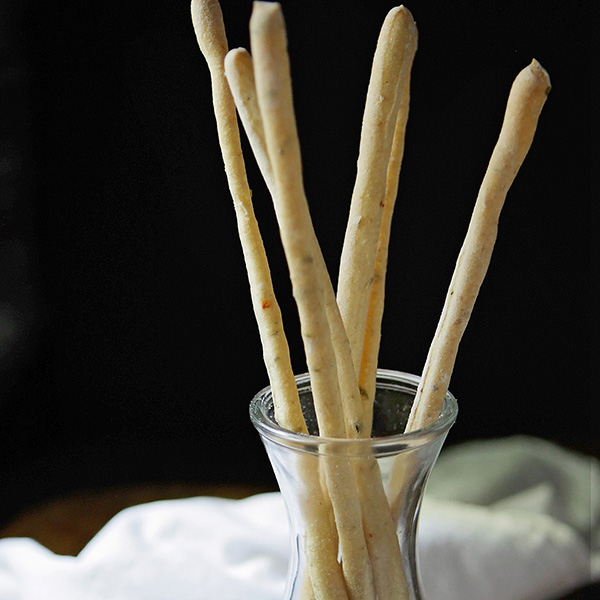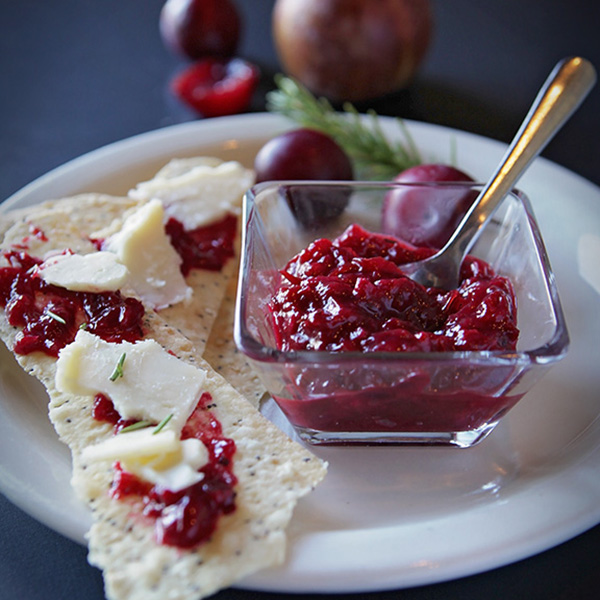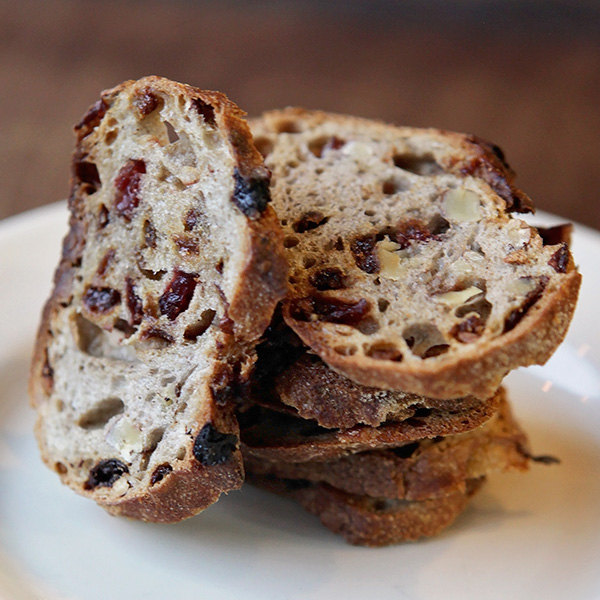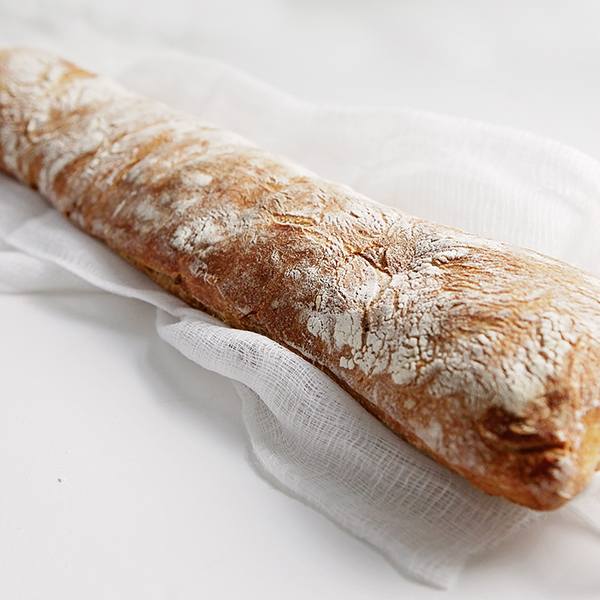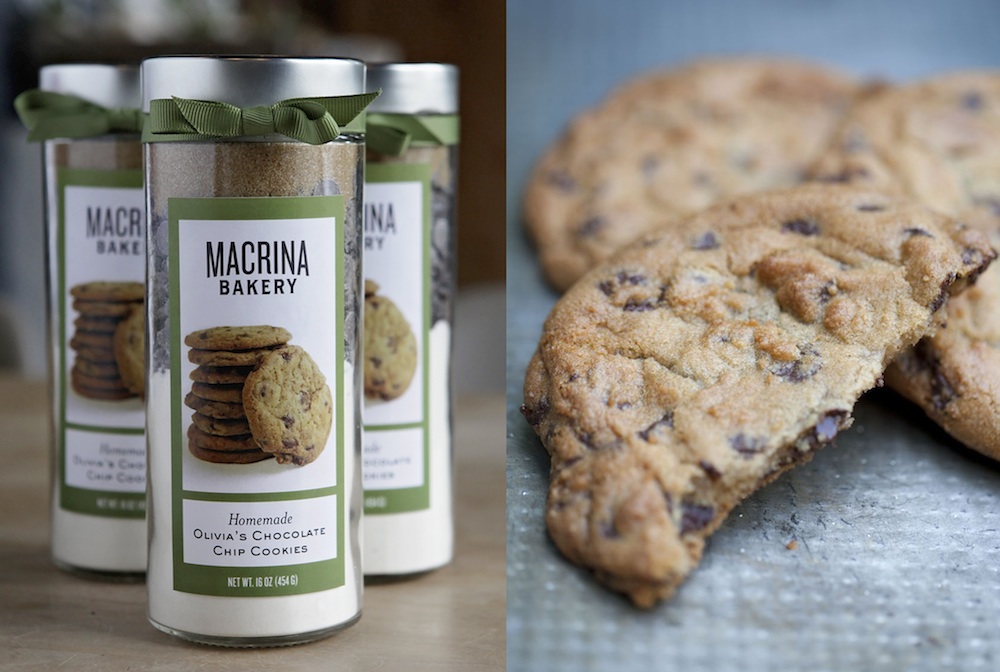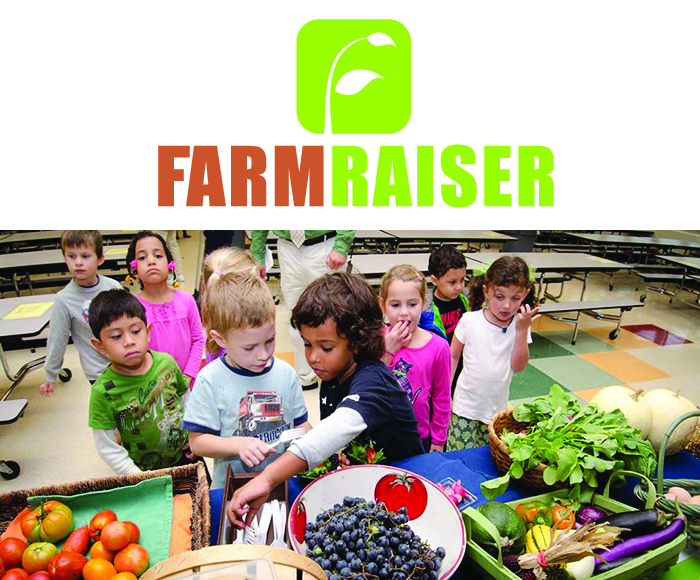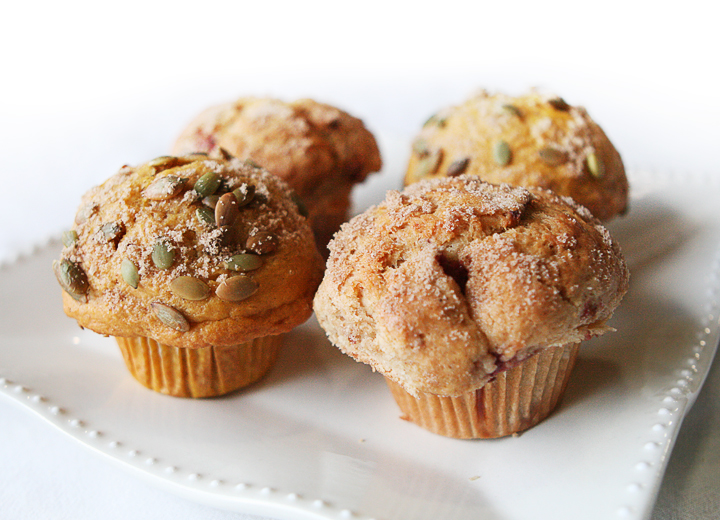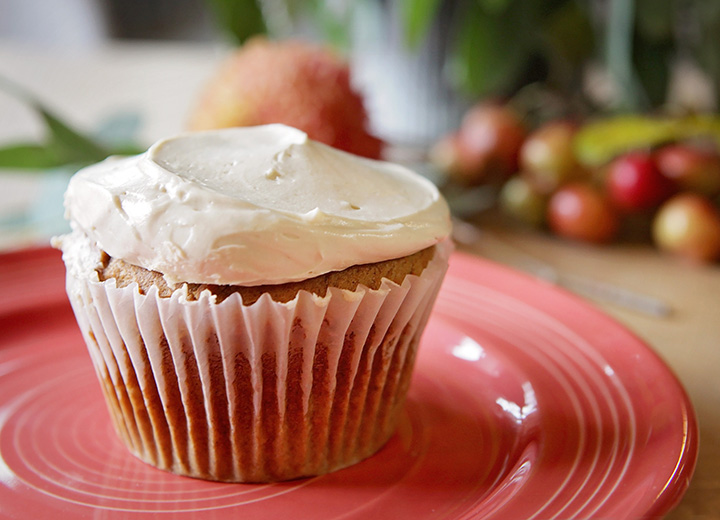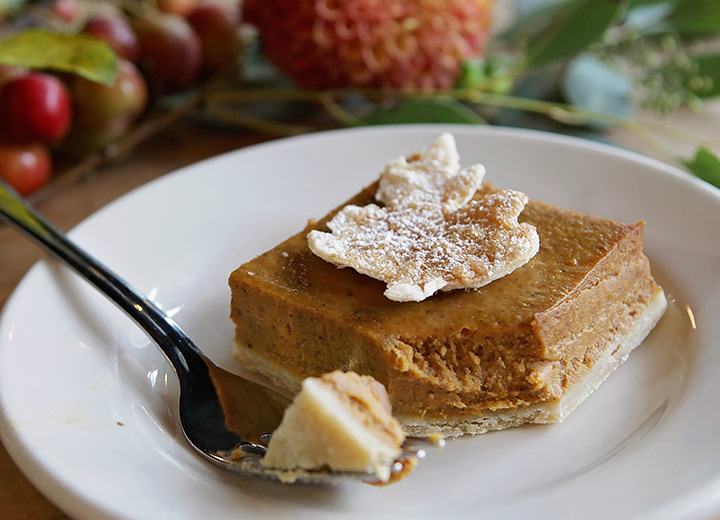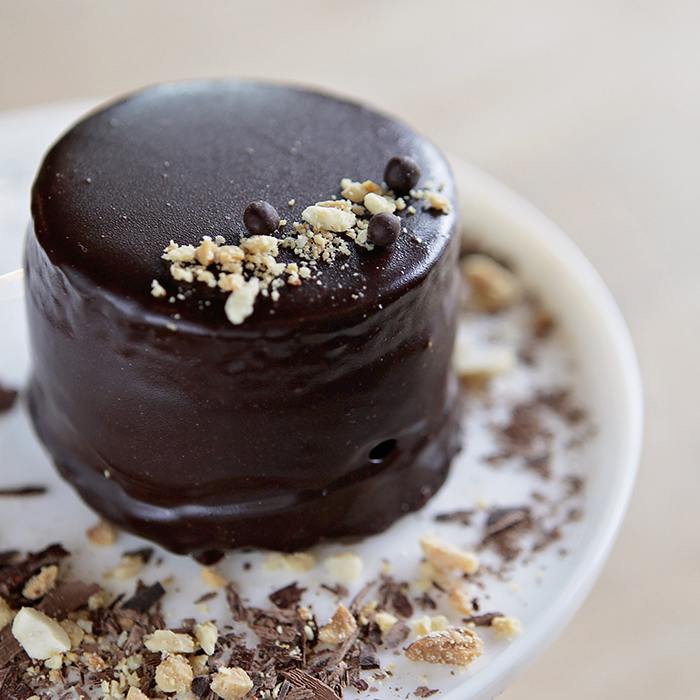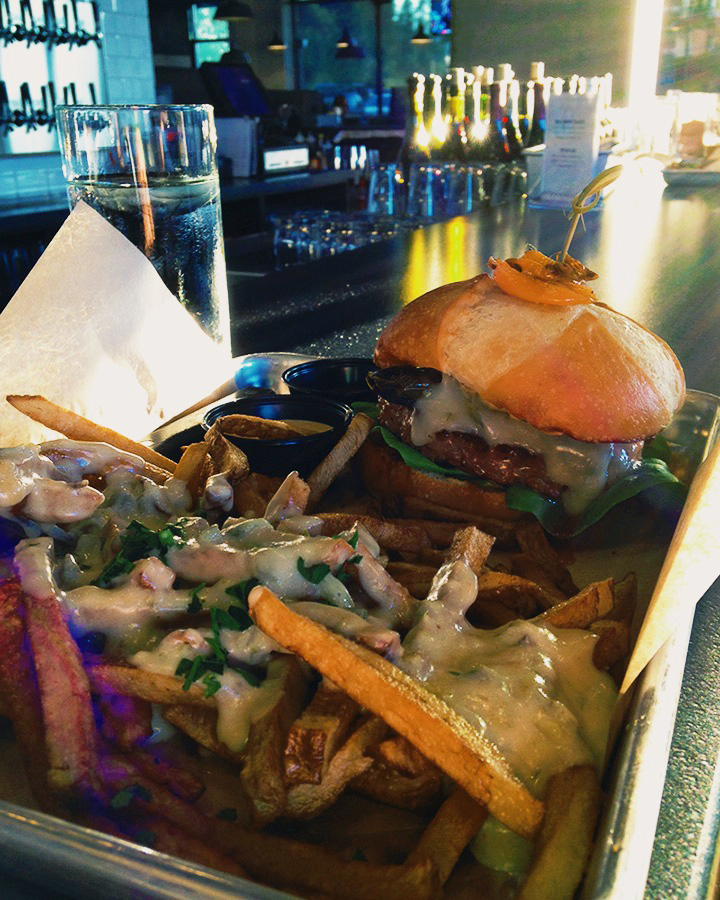Amuse-bouches, hors d’oeuvres & appetizers, oh my! You don’t need a lot of time or creative flare to pull together an elegant spread of party-worthy bites. Take a look at our favorite ways to kick off the festivities without breaking a sweat.
Grissini
You often find these crisp Italian breadsticks dressing up the tables in restaurants across Italy, but here Grissini gets a lot of curious looks for its long shape. Rolled with fennel, green olives and olive oil, our Grissini has wonderful flavor on its own, but we love to wrap it with thinly sliced prosciutto just like they do in Italy.
Sardinian Flatbread
The Seeded Sardinian Flatbread is the newest addition to our flatbread selection. Each piece is adorned with toasted sesame, poppy and fennel seeds, adding extra color, texture and flavor to your holiday table. Top with a savory jam and favorite cheese, serve with charcuterie or break them apart and dip in one of our housemade spreads.
Crostini
Like the Sardinian Flatbread, our Crostini is a delicious blank slate. We have Crostini available in different flavors, but this time of year we reach for our Cranberry Apricot Nut Crostini. Mingling the flavors of dried fruit, toasted nuts and a hint of clove, this Crostini is a nice balance of sweet and savory. Pair it with our Potted Cheese or top with creamy fromage blanc and a drizzle of honey for a perfect party appetizer.
Francese Crostini
For those who don’t mind spending a little extra time in the kitchen, you can whip up a full-flavor Francese Crostini in a snap! Simply toast a sliced loaf of Pane Francese, spread it with our Fig & Olive Tapenade and then top it all off with some toasted pine nuts for a crowd-pleasing snack everyone will think you spent hours on.

